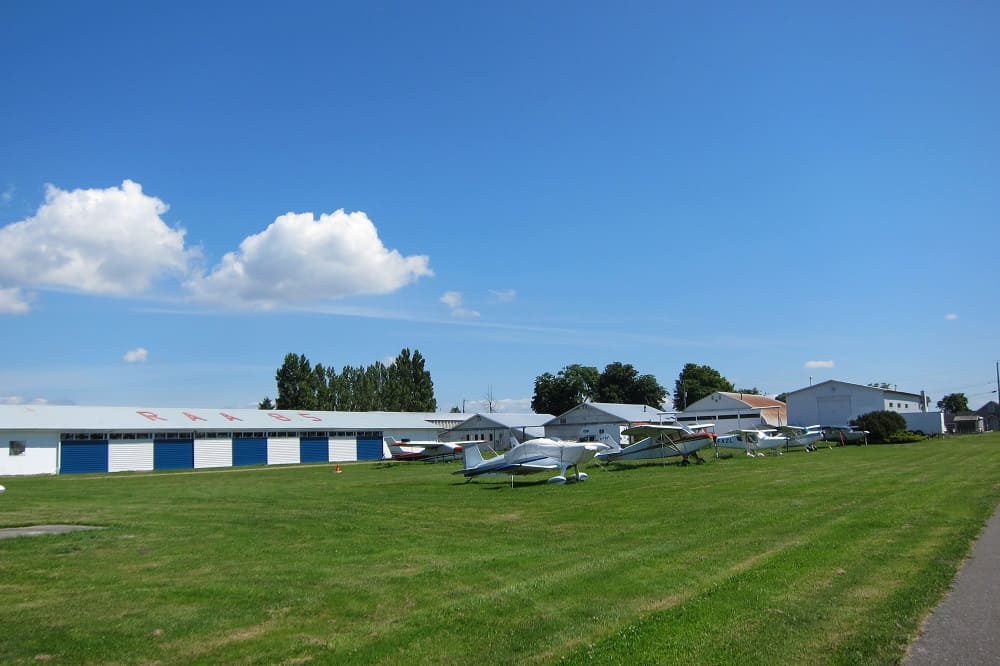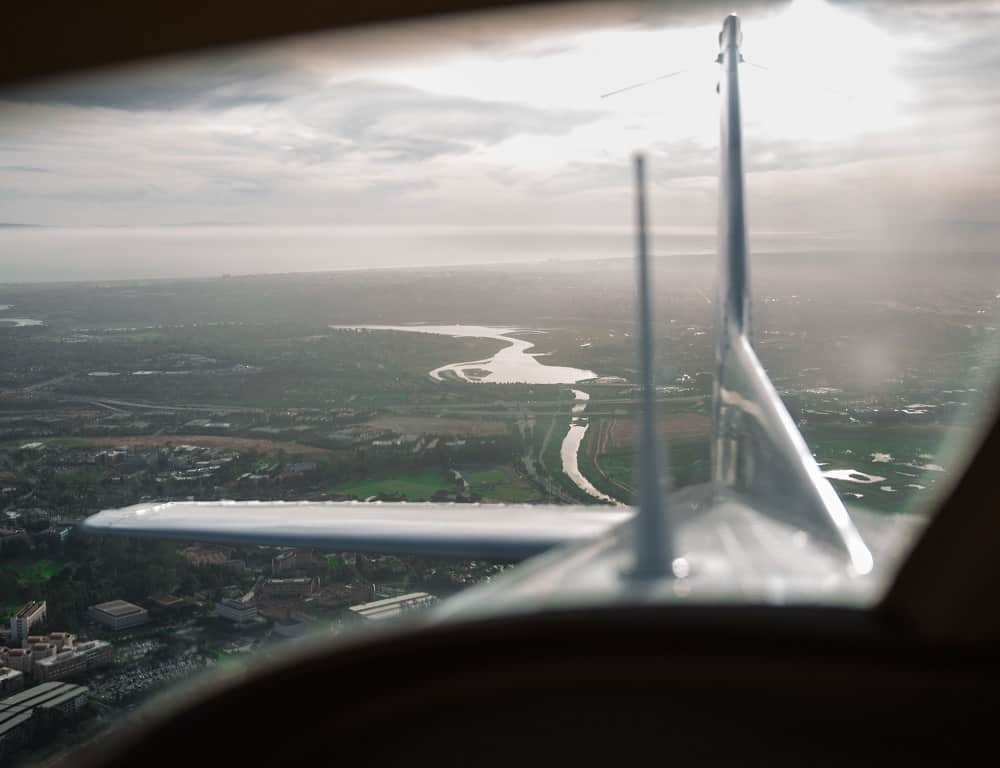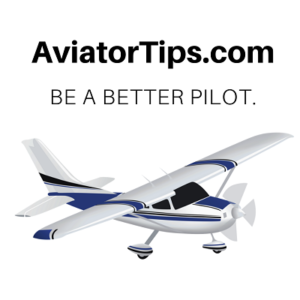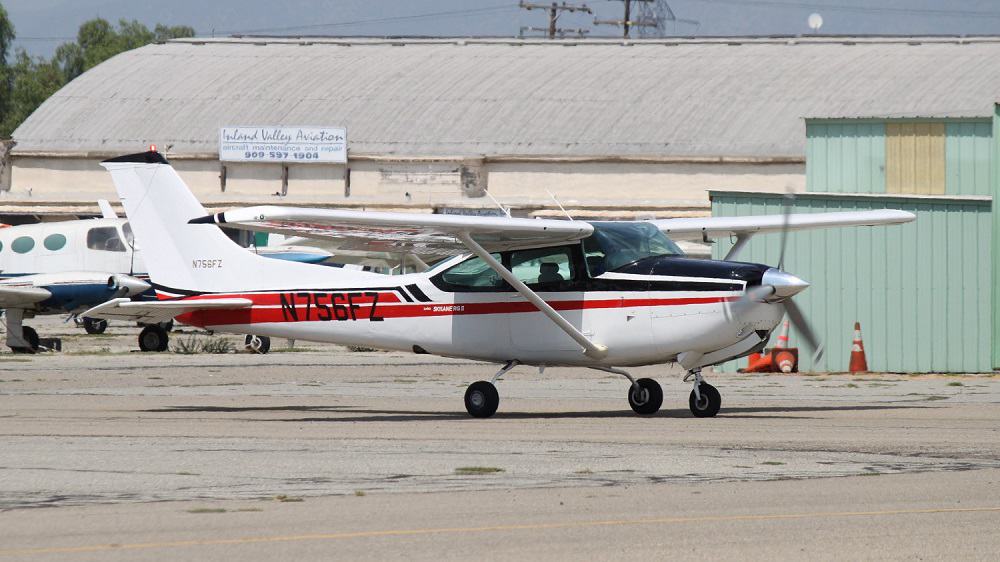When you decide that you want to learn to fly, you’ll discover very quickly that you have a large number of options for flight training. No matter where you live, there are likely dozens of schools and individual instructors to pick from. Some may be a great fit while others may not. Understanding your goals is critical to helping you choose a flight school that perfect for your needs.
The first thing you need to do is decide what your goals are. Are you learning to fly because you want to make a career out of it, or do you just want to do it for fun? The answer to this question will drive many of the decisions you make regarding your flight training.
Things To Consider When You Choose A Flight School
Flight School Location
A flight school’s location is an important component. Ideally, it’s in an area where the weather is generally good and the air traffic is relatively sparse. These can cause delays that prevent you from flying or cost you money by keeping you on the ground longer than necessary.
A flight school near your home would be a benefit if it makes sense. You may find, however, that getting your flight training from an airport further away may have benefits. Perhaps the airport is less busy, the school’s fleet of aircraft is a better fit, or the school has much better hourly rates.
There could be many reasons, including that maybe you just like the staff better than other schools that may be closer to you. No matter the reason, if it makes sense to drive farther for what you believe is a better value, you should do so.
Total Cost of Flight Training
Training costs vary from one school to another. This is due mainly to a number of factors, including the following:
Aircraft – Type and Condition of Fleet
The first is the type and condition of training aircraft. Newer planes are more expensive and as a result, command higher hourly rates. As a rule of thumb, you want to train is an aircraft that meets the bare minimum requirements for equipment.
There’s no need to start your training in the newest, glass-panel equipped aircraft. Start with basic steam gauges and work up from there when your budget allows.

Flight School Stature
The stature of the school also plays a role in the cost of flight training. An established, better-known school tends to charge higher fees. However, these schools may not necessarily be better in the quality of instruction than lesser-known schools. Focus on the basics to make sure that you’re getting the value for the money that you expect.
Qualifications and Number of Instructors
Schools with experienced Flight Instructors tend to charge higher fees. Schools with few instructors tend to overload instructors and, consequently, tend to pass overtime pay to students.
Maintenance Expenses
All aircraft need to be maintained. Whether the flight school employs its own mechanics or uses an independent company to maintain its fleet, the cost of doing so will be included in the rates paid by Student Pilots.
Living Costs and Travel Expenses
If you choose to attend a flight school away from home, you’ll need to account for lodging and travel expenses.
For a more detailed discussion of flight training costs, read How Much Does It Cost To Learn To Fly A Plane?.
Financial Stability of the Flight School
A school that is financially sound guarantees the continuity of your training. A school that is facing financial difficulties may become bankrupt in the middle of your training. This not only forces you to start anew with another school but also puts the money you’ve already paid at risk.
Training Curriculum and Reading Materials
Updated curriculum and training materials provide sound theoretical, current and legal knowledge to students. A correctly implemented flight curriculum will likely yield a correct flight practice. You should also make sure that the training materials are the most current and up to date. If the flight school hasn’t updated their teaching materials in a while, you may not be getting the best training.
Keep in mind that there are two types of aviation training schools that you can choose from; Part 141 and Part 61.
Part 141 Flight School
If your goal is to pursue aviation as a career by becoming a Commercial Pilot, choose a Part 141 school or a school with an integrated training program. This type of school is well structured and it allows you to finish your training as fast as possible.
Part 61 Flight School
If, on the other hand, you want to train on a flexible schedule, you can select to enroll in a Part 61 school or a school that offers Modular training. This training program allows you and your instructor to flexibly adjust lessons, time and resources to suit your situations.
Ratio of Training Facilities and Planes to Instructors
Better facilities, more planes, and instructors provide wider opportunities for students to learn and be attended to by instructors. Waiting for your turn to schedule a flight or get access to needed facilities is time-consuming and stressful.
Facilities and Aircraft Maintenance
Well maintained facilities and planes guarantee relatively safe, smooth, and uninterrupted training. It also inspires confidence and pride among the students. When a flight school doesn’t maintain their aircraft well, it can easily translate into delays that cost you both time and money.
Payment Options
Many flight schools give discounts when you pay fees in full. Most flight schools will also offer better rates, known as “block rates” when you deposit a minimum amount for training (usually around $1,000). In addition, most schools allow you to “pay as you go” and offer installment programs and/or financing for your flight training.
Safety Record
Schools with no record of accidents are obviously prioritized. Safety is the single most important consideration when you choose a flight school. This will set the standard by how you are taught to operate your aircraft. If safety isn’t the basis for everything that you learn, you’re far more likely to become a statistic.
Read Aviation Safety Tips For Pilots to learn more.
Quality of Graduates
Schools that consistently record a high rate of employment of graduates are good schools to choose from. Find schools that offer a Job Placement Program for its graduates if you’re considering making a career in aviation.
If you’re only interested in getting a Private Pilot Certificate for recreational flying, look for a school that focuses on this instead of Commercial Pilot training.
Flight Instructor Compatibility
The compatibility of the Certified Flight Instructor with your own personality could make or break your training. You can’t train under an instructor whom you wouldn’t be comfortable with. Choose an instructor who is capable and eager to teach you. Training in a single school gives you the advantage of receiving instructions from instructors whom you have some kind of kinship with.
Research Flight Schools
To get the best possible amount of information, you’ll need to research each potential flight school. Review their websites, look for customer reviews on Facebook and Yelp, and finally, call each flight school and speak to them about your goals and needs.
8 Steps For How To Choose A Flight School
#1 – Review and Compare Flight Schools
Review the aviation schools on your list and compare them according to how they rank for key factors. Assign relative percentage values to your personalized list based on your own perception. For example:
- Factors / Percentage
- Location – 10%
- Total Cost- 10%
- Financial Viability- 10%
- Training Curriculum- 10%
- Ratio of Training Facilities and Planes to Instructors- 10%
- Facilities and Aircraft Maintenance- 10%
- Payment Options- 10%
- Safety Record- 10%
- Quality of Graduates- 10%
- Instructor-student compatibility- 10%
- Total – 100%
#2 – Narrow Your List
Narrow down your list to 5 aviation schools. Visit the 5 schools so that you can experience being within the environment of each school, confirm the data you had gathered about them and be able to meet the people you may possibly be working with.
#3 – Introduce Yourself
Introduce yourself to the School Administrator and describe your needs, especially if you need financial assistance. Ask for a tour of the facilities and why they think you should select them for your flight training.
You’re the boss here, so make sure that they address any concerns you may have. If you’re uncomfortable with any aspect of their offering, ask them about it.

#4 – Schedule A Discovery Flight
Meet with a Certified Flight Instructor (CFI) and schedule a Discovery Flight; this will be credited to your flight record whether or not you decide to study here. More importantly, you would be able to witness the proficiency of your probable instructor and training plane.
More important is getting a feel for the Instructor’s personality. You want to make sure that the CFI is someone that you can get along with in order to get the most out of your training. If you like the school but aren’t wild about the Instructor, ask to work with someone else. Remember, it’s your money so don’t be shy about getting exactly what you want.
#5 – Talk To Current Students
If possible, talk to a few current students during your tour. Ask them about their flight training experience with the school, including what they like and don’t like. You may learn more from them about the actual training conditions than you can possibly find in online reviews.
#6 – Make A List Of Questions
Keep a running list of questions and be sure to get satisfactory answers for all of them. Make sure that you also update your list with any new questions that come up during your meetings. Make each meeting an opportunity to have a relatively complete picture of what it is like to be a student in that school.
#7 – Compare Flight Schools
Prepare a tentative comparative analysis of all your findings. Make your analysis as objective as possible. Give more points to concrete data rather than your impressions or impressions of those whom you encountered. Review your evaluation. Make a final one.
#8 – Take Your Time
Take a step back from your findings for a while. Give yourself time to think and come back to your research when you have a fresh perspective. When you get back to making a final decision, you may see your analyses in a new light which may affect your ultimate decision.
Summary
You have time. Make sure that you take as much of it as possible to make the right decision. If you choose a flight school that isn’t a good fit for your needs, you will likely cause yourself a lot of unnecessary headaches. In addition, given the cost of flight training, choosing the wrong flight school can be a very expensive mistake.
Recent Posts
Autopilot is one of the most useful and misunderstood tools in a pilot’s toolbox. For many student and newly minted private pilots, autopilot may seem like something only used in airliners or...
The aviation world is changing, and electric aircraft are at the center of this transformation. For student pilots and new private pilots, this shift brings exciting opportunities along with a few...


